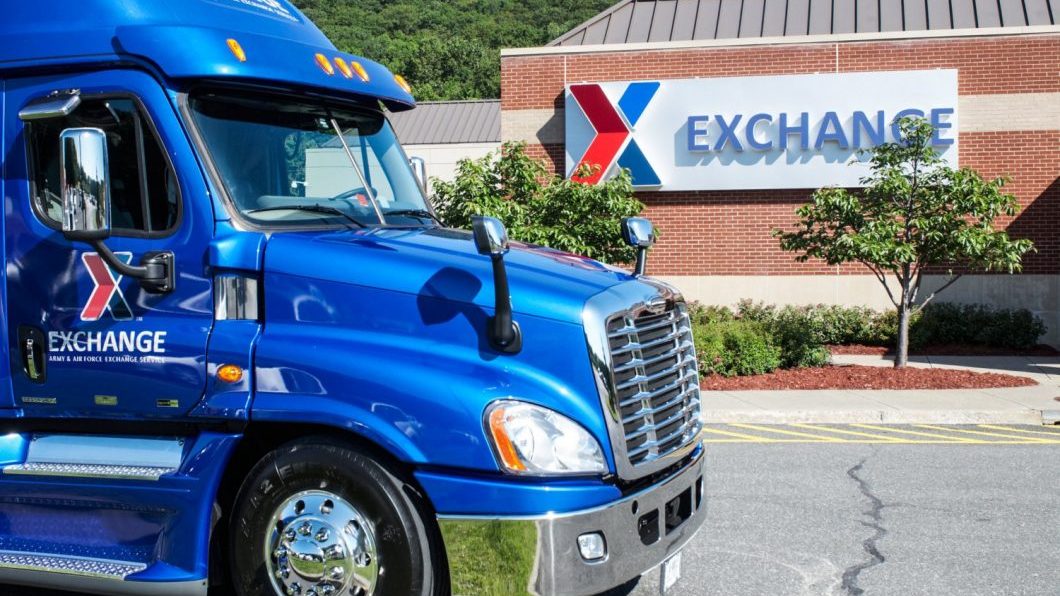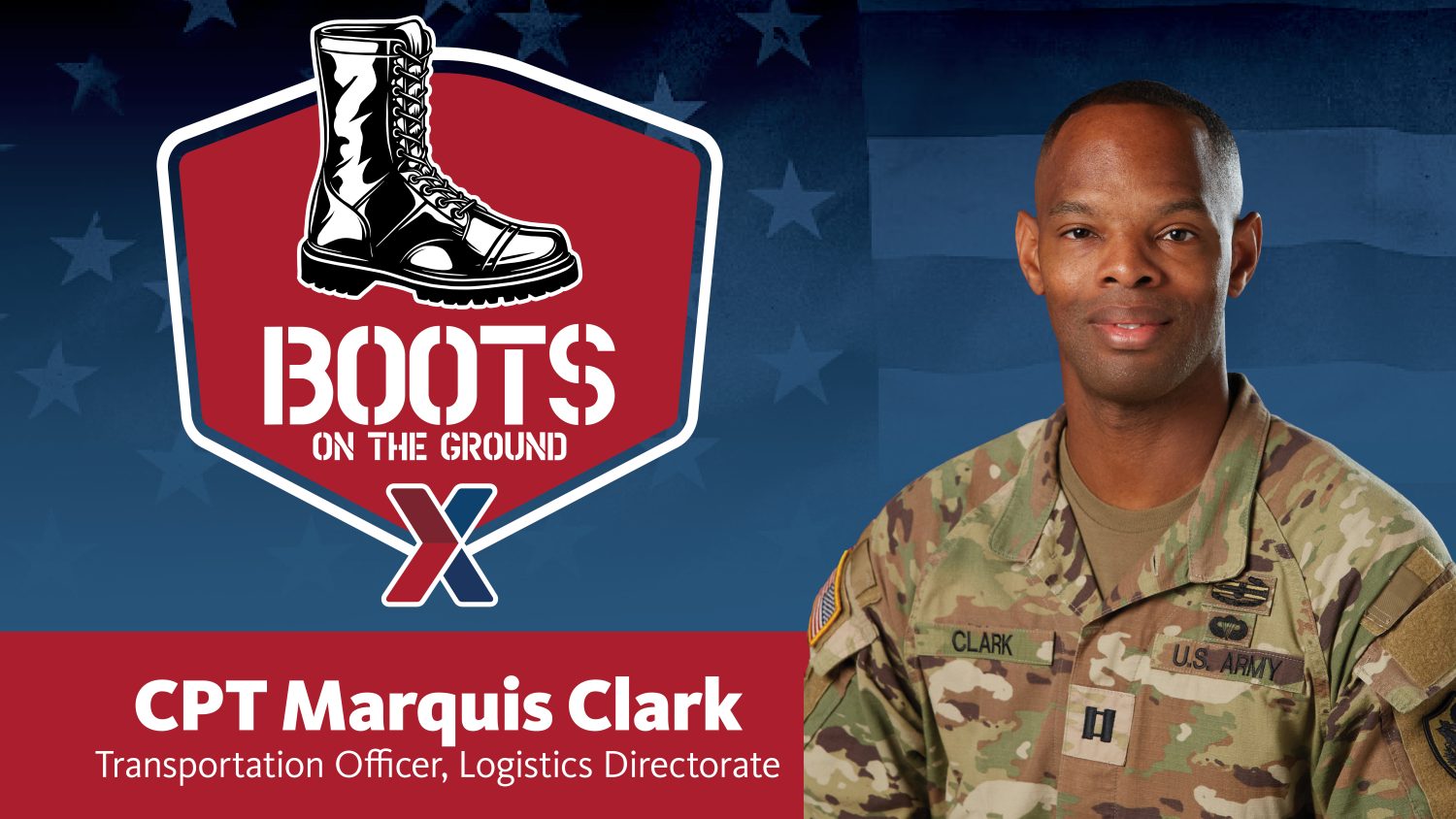Logistics’ Injury Frequency Rate Drops 33% from Last Year

Logistics is nearing a coveted measure of safety compliance as the directorate’s injury frequency rate has declined 33% from this time last year.
IFR measures the rate of work-related accidents over time, and the lower the score, the better. Logistics’ IFR for July was 8.1, down from 12.1 last year and within striking distance of the “exceptional” metric of 7.9.
“It is amazing how all of our associates are working safer than ever before,” said Mike Jones, Loss Prevention manager for Logistics. “The numbers are indicative of what leadership at our distribution centers is doing by getting the safety message out to our most valuable resource, our associates. Where LG goes, the overall Exchange goes. This is the first time in 10 years that we’ve shown single digits in our IFR. Our associates should be proud.”

At the Korea Distribution Center, Storage Clerk Song-Hak Chon and MHE operator Yong-Po Sim use the team lift when replacing the forklift’s gas tank.
The actions leading to a reduced IFR were intentional. Over recent years, a culture of safety has become even more ingrained in the DNA of the directorate. DCMs regularly explore ways to ensure safety remains at the forefront.
“In addition to our regular safety briefings, we’ve enhanced MHE instruction by including some personalized, hands-on training within the associate’s specific work area,” said West Coast Distribution Center Manager Kent Altom. “Leveraging our Accident Review Board process allows the teams to closely examine accidents and identify those areas that may require further focus.”
The Pacific Distribution Center conducts five-minute accident “hot spot chats” to review areas of frequent accidents and how to prevent them.
The Waco Distribution Center has an accident review board to discuss all accidents and has added an extra level of follow-ups.
WADC also uses documents that include photos to take note of incorrect work practices and has stepped up its use of “safety bucks” to reward actions that help prevent accidents.
Associates who collect enough safety bucks can trade them for items such as Exchange logo merchandise or small electronics.
Exchange drivers have undergone enhanced training in the name of safety, said Robert Stutson, the Exchange’s director of Transportation Operations.
“We have done a lot of safety training at the terminals about how injuries impact our operations,” Stutson said. “It’s not just a bottom-line concern; people are affected as well. The most important thing is we have healthy associates who can perform their duties in a safe environment.”



